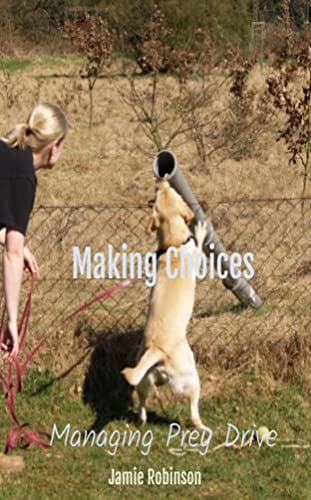Fetch, chase and tug are predatory games, and the pup who takes 10 seconds to rip apart any stuffed toy you bring home is channeling her inner hunter. None of this should worry you. As for the chasing of live animals, it’s complicated. If for ethical reasons you don’t want your dog to chase small wild animals such as squirrels and rabbits, then by all means keep her on leash where they’re to be found. And teach her to come when called like a bullet, no matter what. It may help to provide an outlet in the form of a flirt pole, which is like one of those fishing-pole toys for cats, only bigger and sturdier.
It is possible, but not easy, to teach a dog that chases squirrels not to chase stray cats, so that’s a consideration. Also, some chase-worthy animals can infect your dog with potentially life-threatening diseases, such as leptospirosis. So learn what diseases are carried by the wildlife in your area. If your dog is hopelessly slow, the risk may be theoretical. Satisfying prey drive is one of the most enjoyable things a dog can do.
Your dog stalks it, and then bursts into a rush and a pounce. That prey drive is a sequence of behaviors: First, your dog looks around and checks out today’s smells. What’s out there that might be good to eat? Right there, the predatory sequence has begun. Your dog catches a sight or scent and orients toward it - then goes still: watching, scenting, taking in information about the prey.
Grabbing the prey, your dog bites it hard enough to kill it, tosses it around, and rips it up. And then your dog eats it, or stashes it for future meals. Centuries of breeding has not only created unique breeds, it has left some dogs with incomplete predatory behaviors. The result can be a dog who kills or injures a dozen chickens without eating even one.
This program has two goals. First, we will work to create a strong recall that will allow you to interrupt your dog in the middle of a predatory-type chase. This will create a dog who will think first, ask questions second, and only move when cued. And second, we will introduce activities for you and your dog that will satisfy the parts of the prey sequence that your dog loves the most.
